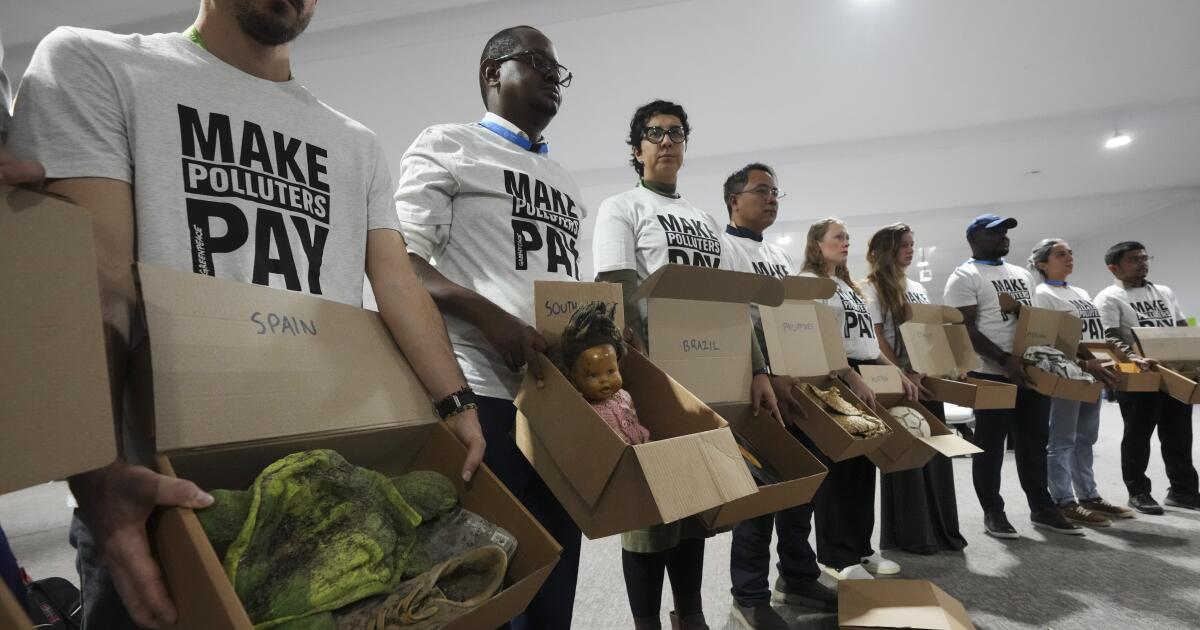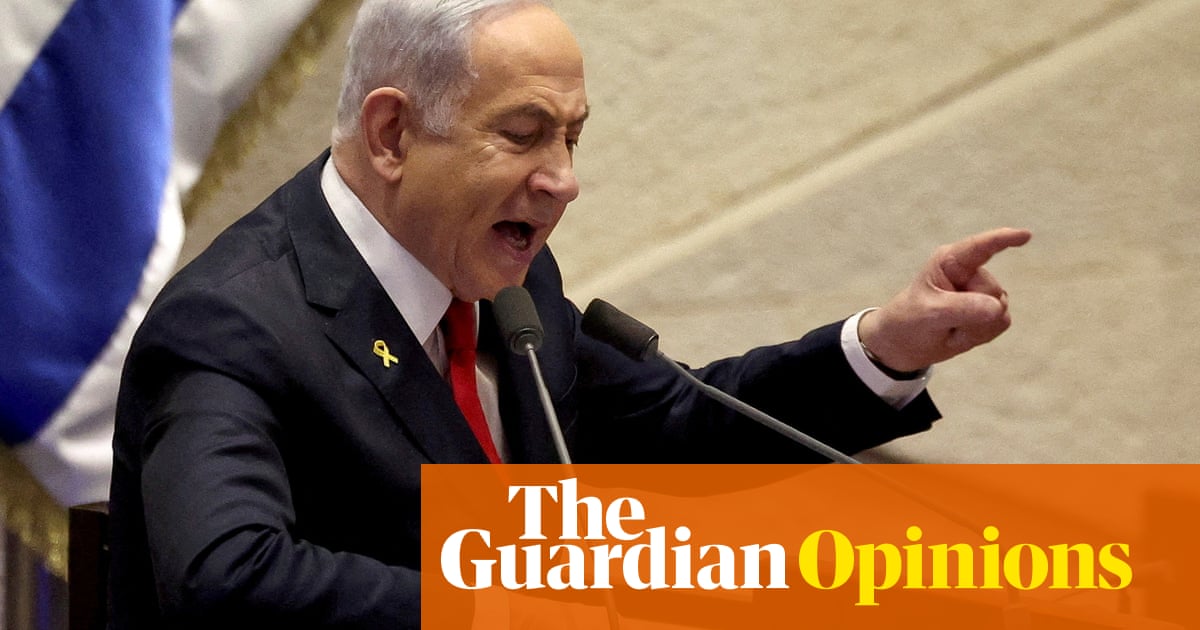On March 7, President Donald Trump signed an executive order aiming to tighten the criteria for Public Service Loan Forgiveness (PSLF). This order asks the Education Secretary to draft a proposal to exclude borrowers who work for organizations engaging in "a substantial illegal purpose" from PSLF eligibility.
Despite the stern language of the order, borrowers currently eligible for PSLF don’t face an immediate threat of losing their benefits. This program forgives federal student loans for individuals after a decade of qualifying payments while working in public service roles, including teaching, firefighting, policing, healthcare, government, and other nonprofit positions.
Stanley Tate, a lawyer focused on student debt, reflects on the order, saying, “It’s understandable to be concerned, but it’s important to look closely at what it entails right now—it’s a directive for future changes. We’re yet to see how this will unfold, but advocacy groups will likely step in to protect borrowers.”
Borrowers can take steps to prepare for any future changes by understanding the current executive order, identifying who it targets, and keeping track of their PSLF progress.
What Does the PSLF Executive Order Do?
The order instructs Education Department Secretary Linda McMahon to propose limits on PSLF eligibility. However, in a March 10 statement on social media platform X, the department reassured borrowers that no immediate changes are taking place, and no action is necessary on their part.
A spokesperson from the Education Department mentioned that Trump’s executive order aims to realign the PSLF program with its original legal framework, specifically targeting anti-American activist groups for exclusion. The order is narrowly focused on preventing inappropriate qualifications without making sweeping changes to the program. The department is currently assessing the order and ensuring the program serves its intended borrowers effectively.
However, Tate is skeptical about the legality of implementing such an order unilaterally, as PSLF is established by law and any major changes would require congressional approval. The program, enacted under President George W. Bush, enjoys bipartisan backing since its inception in 2007.
Trump’s order seeks to modify the language to prevent certain organizations from exploiting the program, but Tate questions the practicality. “What evidence will be necessary, and how will it be applied? This could just open the door to litigation with no definitive outcome,” he predicts.
Which Public Service Jobs Are Targeted?
The executive order doesn’t directly name specific at-risk nonprofits. It instead targets sectors or activities like immigration assistance, transgender youth support, gender-affirming care, diversity, inclusion, and nonprofits involved in protests or potentially “supporting terrorism.”
The PSLF enactment in 2007 doesn’t allow for selective inclusion or exclusion of nonprofits; it specifies eligible workers as those in education, law enforcement, social services, or any nonprofit with 501(c)(3) status—which is tax-exempt. Political groups and labor unions were never eligible for PSLF.
Tate points out that Trump’s order shouldn’t affect government or 501(c)(3) nonprofit employees since they’re protected by PSLF’s original statute. Any adjustment to this would require congressional action.
The Education Department has expanded PSLF eligibility to some non-501(c)(3) organizations providing public services. These might face a higher exclusion risk, as might groups offering legal aid or immigration services.
What Might Happen Next?
Advocacy groups are likely to challenge the order in court. Randi Weingarten, president of the American Federation of Teachers, emphasized the ongoing fight for every public service worker to receive legally granted assistance.
Daniel Collier, a researcher on PSLF’s effects on borrowers, doubts the order’s legal sustainability. He warns of broader discouragement from individuals voicing free speech due to potential impacts on PSLF eligibility and recruitment challenges for affected nonprofits.
Beyond this order, concerns linger about the Trump administration mismanaging PSLF, such as incorrect payment processing or denial of legitimate forgiveness requests.
During Trump’s first term, a significant proportion of PSLF applications were denied, with only 7,000 approvals by 2020. In contrast, the Biden administration has facilitated easier access, forgiving $78.5 billion in student loans for over a million public servants.
What Should PSLF-Eligible Borrowers Do Right Now?
For those eligible for PSLF, there’s no need to make hasty financial or career decisions based on the executive order.
Kristen Ahlenius, a financial expert specializing in PSLF at Your Money Line, advises, “Don’t rush into decisions amidst the emotional turbulence. Evaluate your situation carefully before abandoning such a beneficial program.”
Though actions from the executive order remain uncertain, borrowers can proactively:
- Update your employment certification forms using the PSLF Help Tool.
- Download your payment counts and summary from studentaid.gov.
- Review your repayment history for qualify PSLF months and check for errors. If unresolved, consider filing a complaint.
Daniel Collier emphasizes the importance of record-keeping: “Document everything—every payment and correspondence.”
He adds, “We’re looking at potential effects on mental health and productivity. Protect yourself and seek help navigating these turbulent times.”


















